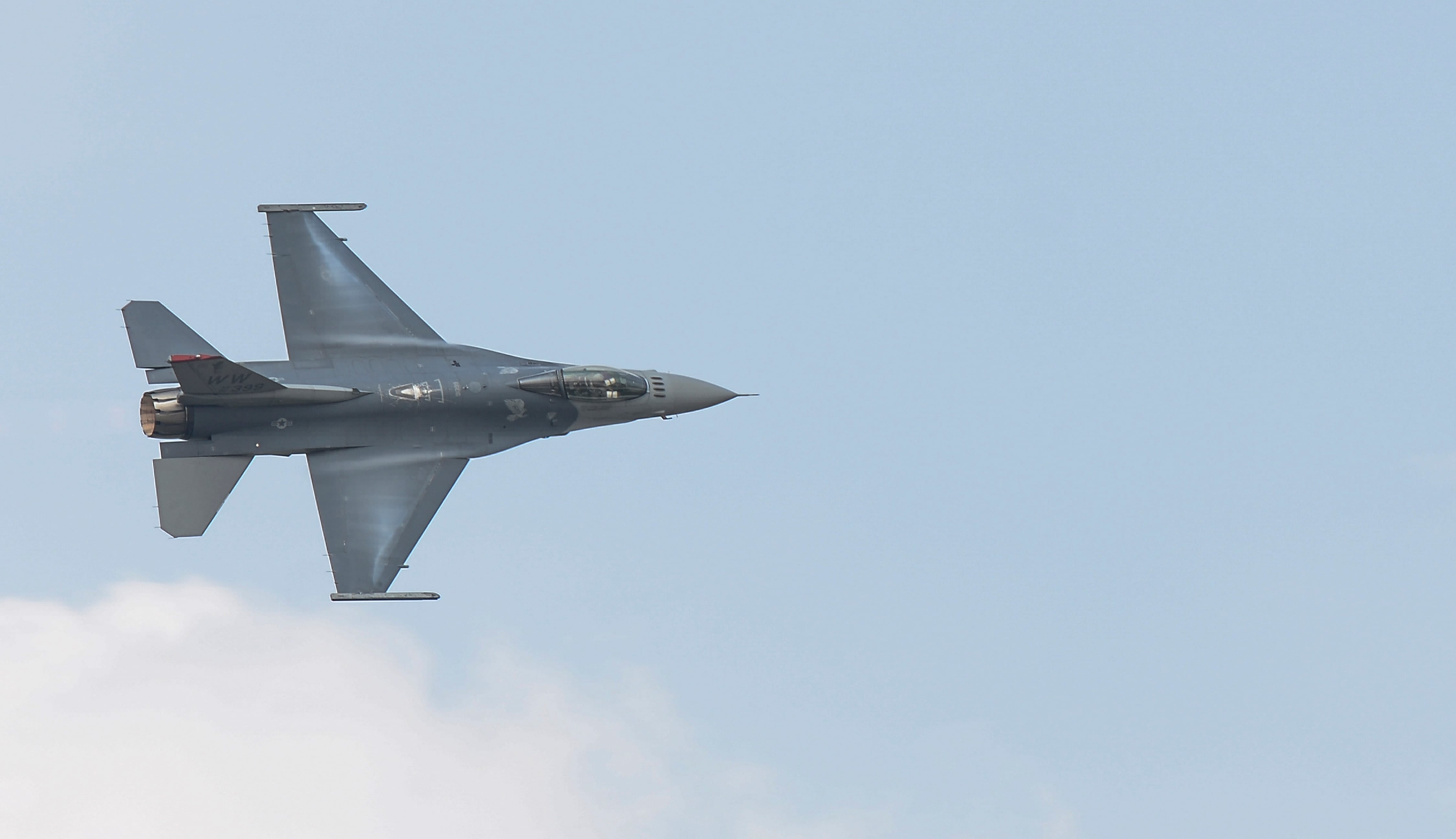In the late 1970s, our nation's defense leaders repeatedly warned the Congress about having a "hollow force." It was a force that suffered from severe personnel and equipment shortages and a lack of training.
In the 1980s, U.S. President Ronald Reagan restocked the Department of Defense's bare shelves by investing in our military, ended the Cold War, and bolstered a force that President H.W. Bush used to crush former Iraqi leader Saddam Hussein's military in Operation Desert Storm in 1991.
We could not conduct another Desert Storm today. We downsized two-thirds of the force that won the Cold War, and our nation chose instead to go on a procurement holiday. From 1975 to 1990, we bought an average of 230 Air Force fighters per year. From 1991 to 2000, we averaged just 28 per year. Some of the legacy aircraft from Desert Storm remain but are fewer in number and are now 26 years older. Fourth-generation fighters from the 1980s and 1990s are simply unable to penetrate some of today's modern defenses, and today's bomber fleet largely predates stealth technology, which is needed against tomorrow's threats.
Though we now have more capable precision-guided munitions, we have depleted our stocks. The F-22 Raptors are still the world's premier fighter, however, we didn't procure as many as our country needed. Yes, the F-35 Joint Strike Fighter is the newest in fifth-generation capability, but we need many more and as quickly as possible.
The U.S. Air Force is our nation's first responder around the globe, however, it now has the smallest, oldest and least-ready force in its history. It operates an aging and increasingly costly force of 50-year-old refueling tankers; bombers, trainers and helicopters more than 40 years old; and fighters more than 30 years old. In the meantime, America's potential adversaries are rapidly closing the technological superiority gap. The Air Force in particular has a growing strategy-resource mismatch — it is too small for its growing missions and too big for its budget.
Since 1991, the service's personnel decreased by 38 percent and the force structure drew down from 8,600 to 5,500 aircraft. Its aircraft average 27 years old. It downsized from 134 to now only 55 fighter squadrons. The service needs 350,000 active-duty personnel to perform all its missions including 1,500 more pilots and 3,400 more maintainers.
As Yogi Berra famously said: "It's déjà vu all over again." Similar to the 1970s, the "hollow force" has emerged again, and the alarm bells are going off.
Just this month, services' vice chiefs of staff testified before the House and Senate Armed Services committees about deteriorating readiness and repeatedly used the phrase "hollow force." They warned that we just can't remain complacent any longer by relying on the investments of the 1980s.
With the world getting increasingly more dangerous, yesterday was the time to invest. We are left with no choice but to invest more now. Each of these upcoming years the Air Force must grow its end strength, improve readiness, and recapitalize and modernize its force structure. We then will have the Air Force our nation requires. Every day we wait and kick the proverbial can down the road, we are getting closer to the point where we will no longer have that needed instrument of power — the strength of our military — when we need it. The world's thugs are already testing our resolve.
In his first address to the U.S. military at MacDill Air Force Base in Florida on Feb. 6, President Donald Trump pledged to build up the nation's military. "We're going to be loading it up with beautiful new planes and beautiful new equipment. ... You've been lacking equipment. We're going to load it up."
The Air Force needs to grow its end strength and recapitalize its aging force structure to ensure continued core mission capabilities. Air and space superiority are not American birthrights. They do not occur automatically. They need to be fought for and won.
While the U.S. Air Force has many needs including increased personnel, training, readiness, flying hours and weapon systems sustainment, the fiscal 2017 supplemental defense budget should include at least 20-30 more F-35 Joint Strike Fighters — we must accelerate the F-35 purchase over the next five years. Only a modernized fifth-generation fleet with its collaborative family of systems can overwhelm an enemy force.
Air Force Chief of Staff Gen. David Goldfein agrees. "The more F-35s we can actually procure in the shortest amount of time to be able to reduce the aircraft age and be able to get more heavily into the fifth-generation business is clearly a priority," he said.
We also need to accelerate the KC-46 tanker buy with a multi-year procurement and at a quantity that is most cost-effective to the taxpayers. When we retire our last KC-135 tanker, it will be more than 80 years old. No commercial airlines are flying with 80-year-old aircraft. Not many of us would consider getting into one.
Our nation is at its crossroads now and has a critical decision to make: whether or not to invest in our future, our nation and our military now.
Load it up!
Keith Zuegel is a retired U.S. Air Force colonel who flew in Operation Desert Storm in 1991, earning a Silver Star medal. He was also a mission planner for the Bosnian war. He currently serves as the senior director of government relations for the Air Force Association.




